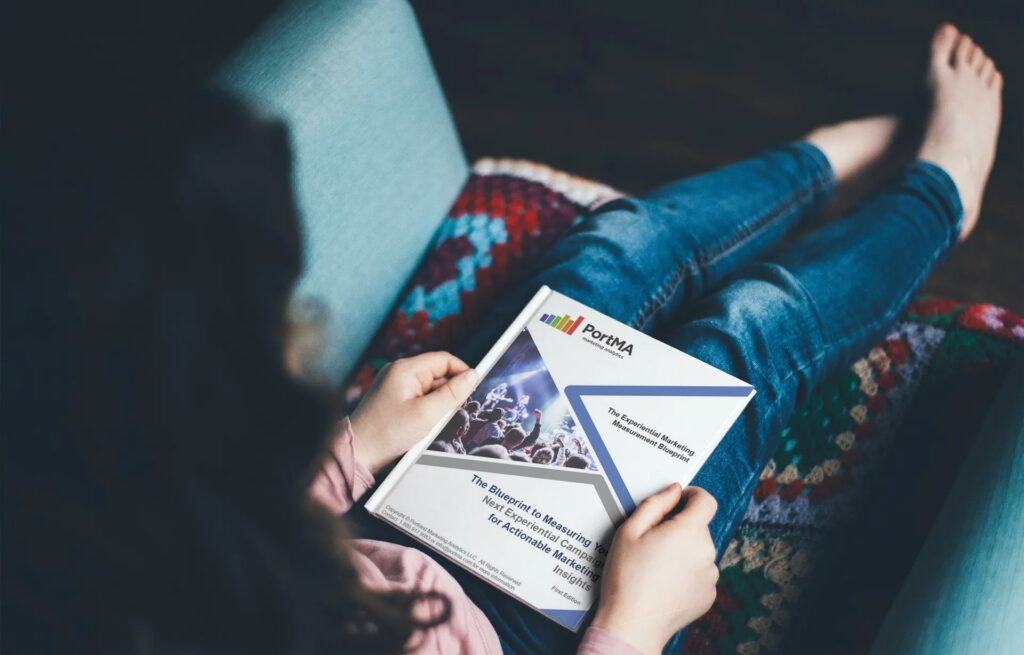
It’s common for experiential marketing projects to have more than one phase of data collection. This is where post-event metrics help measure consumer behavior.
Phase One
The first post-event metrics phase involves standard on-site data collection. This usually involves a brief exit survey to measure the immediate impact of the event experience on consumer behavior.
Phase Two
The second post-event metrics phase begins two-three months later by reaching out to those same consumers who attended past events and asking them to complete a follow-up, post-event survey. Typically, the post-event survey length is short; about five minutes. This prevents respondent fatigue since respondents already participated in the survey. The reason why researchers survey these consumers more than once over a period of time is to determine whether or not their attitude or behavior toward the brand has changed since the event itself.
Value of Both Phases
Post-event metrics research is a valuable tool because the results can be compared to those in the exit survey. For instance, the respondent may be asked how likely he or she will purchase the brand’s product(s) in the next three months, then three months later in the post-event survey, he or she is asked whether or not an actual purchase was made. This helps measure the effectiveness of the experience on influencing consumer behavior following the event.
For those who do not actually purchase after an event, we can determine the reasons why and turn that feedback into actionable results by helping clients understand what it is that’s changing consumer behavior two to three months after an event.
Photo Source: http://www.flickr.com/photos/wonderlane/325752646/

Additional Resources
FOR EXPERIENTIAL MARKETERS
- Experiential Measurement Blueprint
- Event Impression Calculator
- Experiential ROI Benchmarking Reports
- Event Measurement Video Tutorials
